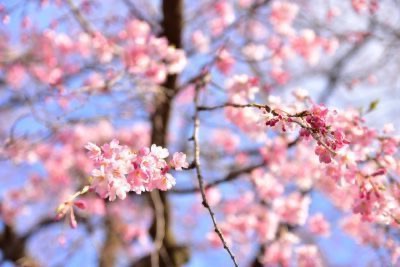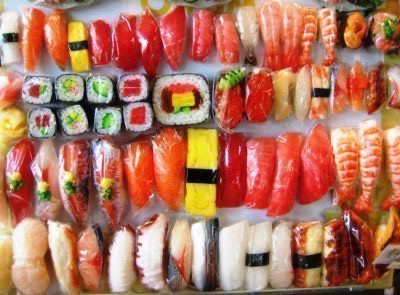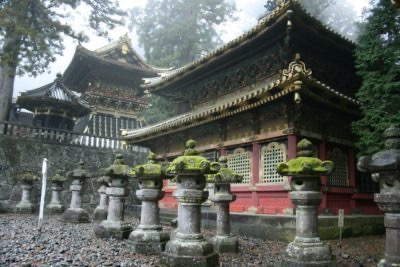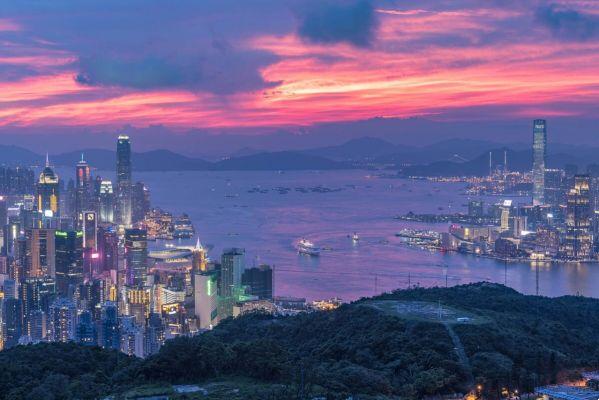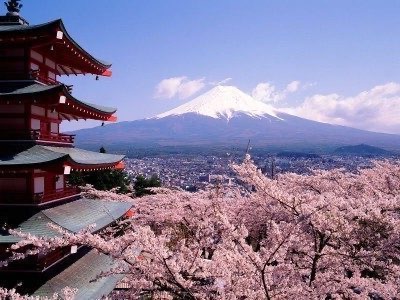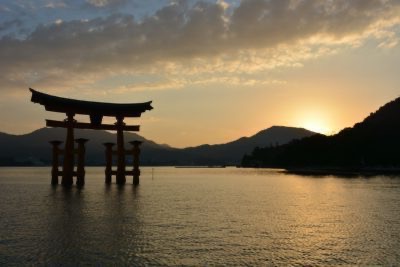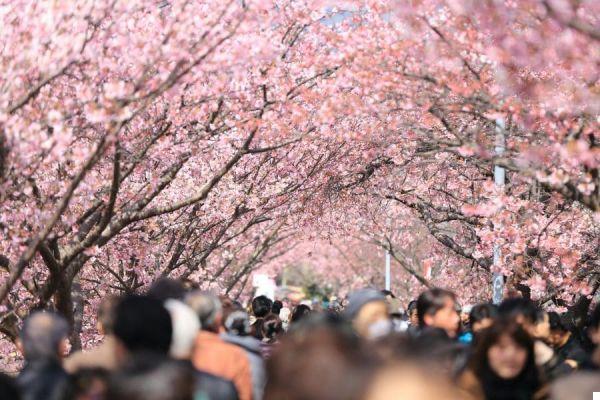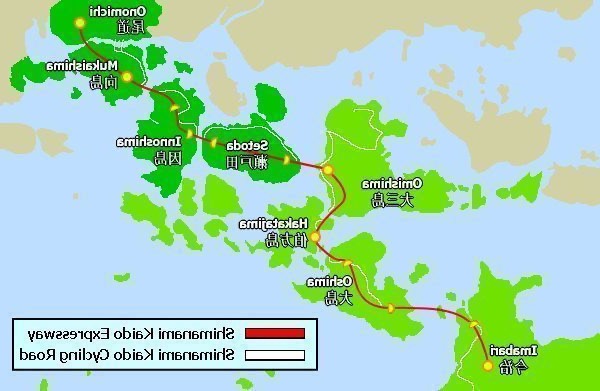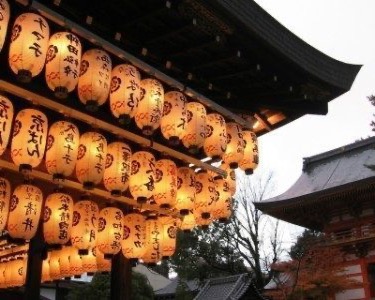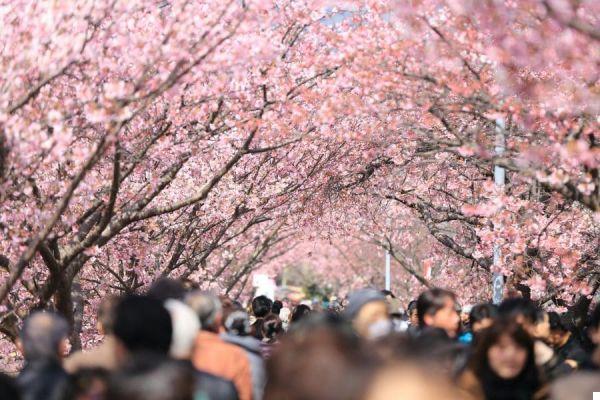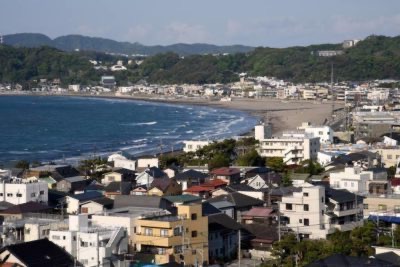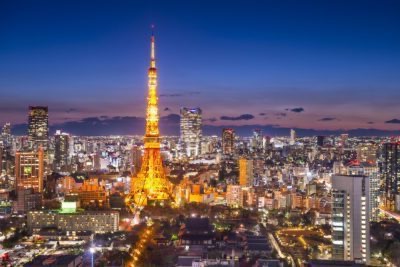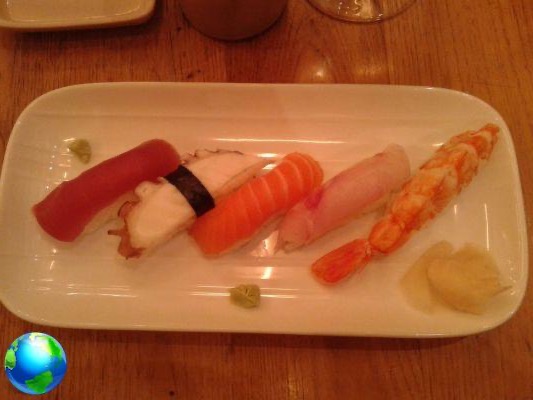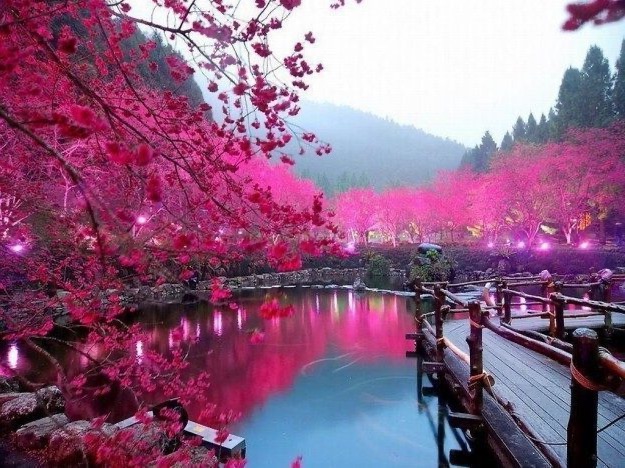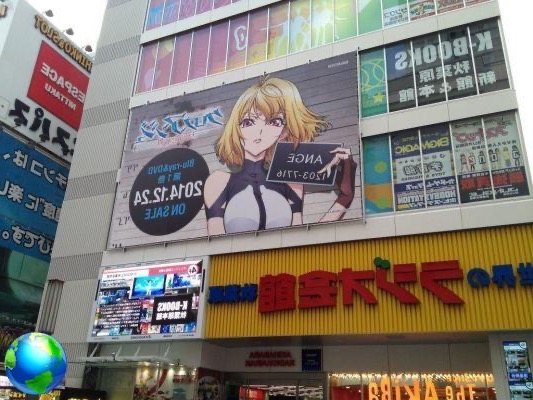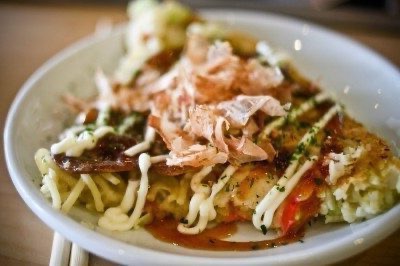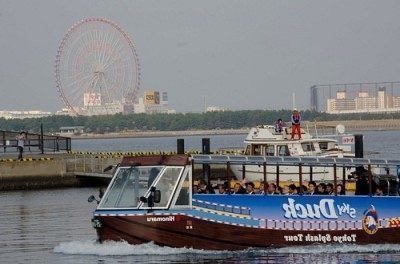Hiroshima: city that symbolizes a deep wound in the hearts of the Japanese. Here's how to get around during your stay, to also visit the surroundings of the city.
During your trip to Japan you want to go to visit the city of Hiroshima in a day?
I confirm that it is possible to do this: both starting from the cities of Osaka e Kyoto, both from the furthest away Tokyo (and much more can be done).
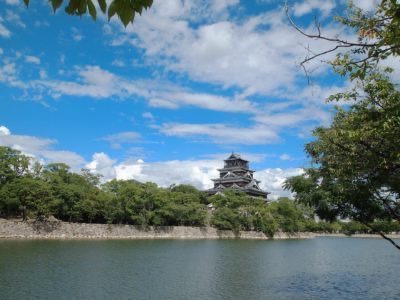
The history of Hiroshima
Hiroshima is sadly one of the most famous cities in Japan.
Entirely destroyed at the end of the Second World War from the release of the first atomic bomb for war purposes, there is still a deep wound in the hearts of the Japanese and a symbol of inhumanity for the whole world.
Now the city is completely rebuilt, with wide tree-lined avenues and modern buildings; even its castle has been faithfully reconstructed and can be visited.
How to reach the Peace Park
Leaving the train station you will find yourself immersed in the life and traffic of a lively city and, at first glance, nothing shines through its past.
To find the signs of the war, one must head to Peace Park.
This large area in the center of the city is the exact spot of the nuclear detonation and it is here that all the main symbols of that horrible day are concentrated.
The park is easily reachable from the train station or with a pleasant walk of half an hour, or by city trams, or by taking the JR Sightseeing Loop Bus at the back of the train station (these buses are free if you have the Japan Rail Pass).
Peace Park: main monuments
The first building that catches the eye when you arrive at the Park is the Atomic Bomb Dome: true emblem of the devastation that has struck the city.

This building was located just 100 meters from the hypocenter (exact point of the detonation) and was one of the few buildings that remained recognizable after the explosion.
For this reason one was made symbol known all over the world and, since 1996, it has become part of the heritage protected by UNESCO.
The Park is dotted with numerous other commemorative monuments: the Children's Peace Monument dedicated to Sadako Sasaki (a little girl from Hiroshima who died of leukemia who spent the last months of her life making origami cranes in the hope of getting better); the Cenotaph and many others.


The latter, the Cenotaph, represents the second true symbol of the Park. Carrying the names of all confirmed victims of the bomb, this monument frames the Flame of Peace and in the background the Atomic Bomb Dome.
The Flame is always lit and will be extinguished only when the last existing nuclear weapon is destroyed.
Peace Museum: the history of Hiroshima
Finally, at the center of the park is the Museum of Peace. This museum, run entirely by volunteers, collects a lot of information about the past and present of nuclear weapons in the world, reports documents and photos of the city before and after the detonation and you can find numerous remains, clothes and objects that belonged to the inhabitants of Hiroshima.
The museum is very busy every day so you have to arm yourself with a little patience, but it is definitely worth the visit.

Only note: currently (and at least until spring 2019) the central part of the museum, previously dedicated to full-scale reconstructions of the post-detonation, is closed for renovation. Unfortunately there are many Japanese monuments undergoing restoration in view of Olympics 2020.
Hiroshima from Kyoto or Osaka
The first time we went to Hiroshima we left Kyoto. The trip takes between an hour and a half to a couple of hours depending on Shinkansen train which you will choose to take (keep in mind that Osaka is on the road: all trains departing from Kyoto heading south pass through Osaka).
Arrived in Hiroshima around 9 in the morning we walked towards the Peace Park and we visited it in all calm, ending our visit around noon.
Visit to Miyajima Island
Since Hiroshima is only half an hour from the beautiful Miyajima Island, we decided to take the first train available (one leaves approximately every quarter of an hour) and headed to Miyagimaguchi, station very close to the port from which the ferry leaves for the island.

After having dedicated the afternoon to visiting the magnificent Itsukushima Shrine, famous for its torii in the middle of the sea, and the characteristic surrounding village invaded by deer, around 17.30 we decided to return to be able to return to Kyoto at 21.30.
Hiroshima from Tokyo
Reaching Hiroshima from Tokyo is a bit more complex and tiring but still possible.
It is essential to take the first train available at 5.00 in the morning to be able to reach the destination around 10.00.
We dedicated the morning to the Park and the Museum of Peace: reached by exploiting the JR Sightseeing Loop Bus, knowing we have tight deadlines this time.
Visit to Himeji Castle
We were able to take the 13.30 train to Himeji: a beautiful town famous for its feudal castle also known as "theWhite Heron".
The castle, very white and just restored, is the most famous in Japan and it is possible to visit both the surrounding garden and its interior.
We only had time to visit the interiors due to the line of people at the entrance.

Return to Tokyo by train at 18.00, arriving in the capital tired but happy at 21.30.
Advice: very convenient when traveling is theuse of the Japan Rail Pass to be purchased in Italy before departure on the dedicated website.
Also, for all train times, I recommend using the Japanese site Hyperdia that allows you to know, even after days, the exact time of the train and the platform on which you will find it.




